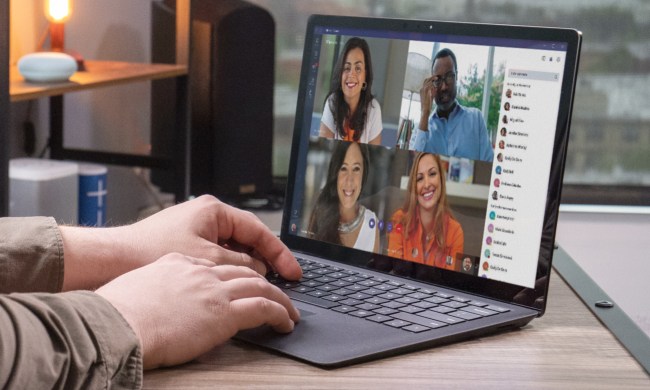Cortana is Microsoft’s virtual voice assistant. Like Siri on iPhones and Macs, Cortana is one of the significant features of Windows 10 and Windows 11. Along with allowing for voice searches, the voice assistant can give you suggestions. These include reminders for scheduled events in your calendar, ideas when searching the web for something, and more.
If you find this more annoying than helpful and don’t use Cortana for smart devices or other tasks, you can turn it off. It doesn’t matter what edition of Windows 10 you’re running, and you even can turn off Cortana in Windows 11.
Be aware, though, that when you disable or stop Cortana, you will also lose some functionality. Doing so might affect natural language search and using other smart assistants in Windows 10 like Alexa. Here’s how to turn off Cortana on Windows 10 and Windows 11.
Disabling Cortana in Windows Home

Disabling Cortana in Windows versions before the Anniversary Update was as simple as toggling a switch, but in more recent versions, it’s a little more complicated. You’re going to have to brave the Windows registry.
Note: The Windows Registry is not as scary as it once was, but it still has a lot of power behind it. If you’re unsure what you’re doing at any point, back up and reread the instructions.
Step 1: Open the Windows Registry editor by searching for it in the Windows search bar, or press the Windows key and R, type regedit, then click the OK button. Give administrative approval when requested.
Step 2: Use the left-hand menu to navigate to HKEY_LOCAL_MACHINESOFTWAREPoliciesMicrosoftWindows.
Step 3: If you can access a folder named Windows Search, do so. If that folder doesn’t exist, create it by right-clicking the right-hand pane and creating a new key. Rename it to Windows Search.
Step 4: Make sure that the Windows Search folder is selected, then right-click the right-hand pane again and create a new DWORD (32-bit) Value. Name it Allow Cortana, and make sure its value is set to 0.
Step 5: Reboot your PC.
When you next start up Windows, you should find that Cortana has vanished from your search bar.
If you want to reinstate it in the future, change the Allow Cortana value to 1 instead.
Disabling Cortana in Windows Pro or Enterprise

Windows Pro and Enterprise users can still use the registry method for disabling Cortana. They also have access to the Group Policy editor, making the process a bit quicker.
Step 1: Open the Group Policy Editor by searching for it in the Windows search bar or pressing Windows Key + R, typing gpedit.msc, and selecting the OK button.
Step 2: Using the left-hand menu system, select Computer Configuration, followed by Administrative Templates, Windows Components, and Search.
Step 3: Look for Allow Cortana in the right-hand pane. Right-click it and select Edit from the menu.
Step 4: Use the three toggle buttons on the left-hand side to select Disabled. Then click the Apply button, followed by the OK button.
You should now see Allow Cortana as Disabled in the Group Policy Editor window. Reboot your PC to use it Cortana free.
To re-enable the assistant later, repeat the steps above and set it to Enabled instead.
Disabling Cortana in Windows 11

Microsoft’s next-generation Windows 11 operating system is now out for beta testing. While testing
Just keep in mind that in Windows 11, Cortana doesn’t have a spot in the Taskbar. Instead, Cortana is a
If you want to re-enable Cortana on Windows 11, then you can follow the steps we mentioned in the previous sections in reverse.
Disabling “Hey Cortana”

If you want to partially disable Cortana but still leave the voice assistant functioning for searches and help with internet browsing, you can disable its ability to listen in to your call for action by disabling its “Hey Cortana” feature. This can also improve your battery life on a laptop.
Step 1: Search for Voice Activation in the Windows 10 Start Menu. In the settings that open up, scroll down to the bottom of the page and look for Choose which apps can use voice activation.
Step 2: Under the heading Let Cortana respond to “Cortana” keyword, set the toggle to the Off position.
Manage what Cortana can do

If you want to limit what Cortana can do or control how it functions rather than switching it off entirely, there are some options you can tweak.
Step 1: Search for Cortana in the Windows search box and select the corresponding result to open up the app.
Step 2: Click the three dots on the left side of the Cortana app and choose Settings.
Step 3: Choose your specific setting from the list.
There you’ll find several options that you can adjust, such as privacy, microphone settings, hardware settings, keyboard shortcuts, and more. You can tweak these settings as you see fit.


